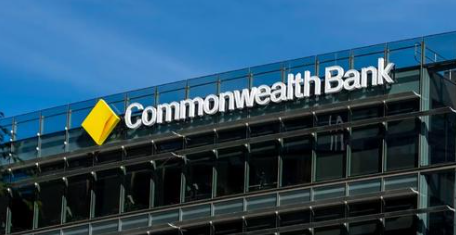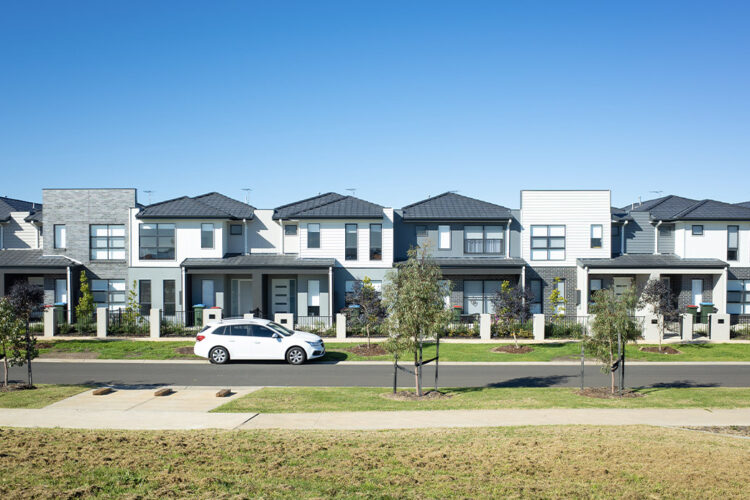As housing unaffordability and cost of living continue to plague Australia’s major cities, it might be time to turn to the nation’s smaller housing markets.
Property Investment Professionals of Australia (PIPA)’s October national market report revealed a downturn in investor activity nationwide. New loan commitments have dropped 27 per cent among investors, and sales are also on the up.
PIPA chair Nicola McDougall claimed: “While governments talk about offering incentives to the big end of town for supply strategies such as built-to-rent, not a red cent has been offered to private investors who supply more than four in every five rental properties in this nation.”
However, with “a number of reliable forecasters predicting even stronger market conditions next year”, it might not be all bad news for investors – especially those open to searching further afield.
So, for investors looking to snatch up property in Australia’s smaller capital cities, what clues can the PIPA data give?
Adelaide
- Good for: First home buyers
- Bad for: South Australian newbies
According to buyer advocate Jess Elam, Adelaide is home to a resilient property market with “remarkable performance”.
Family-friendly areas in Adelaide’s southern suburbs have seen particularly strong growth, and ongoing road upgrades to the Southern Expressway mean growth is unlikely to halt any time soon.
“With a budget starting at $600,000, investors can find properties with promising growth prospects and yields,” said Ms Elam, noting that the city’s health, technology, space and defence industries draw a steady stream of newcomers.
State government initiatives like abolishing of stamp duty for homes below $650,000 and lifting the First Home Buyers Grant (FHBG) to that same price point are also predicted to bring “an influx of first-time home buyers” to Adelaide.
For those seeking to invest in the South Australian capital, however, knowledge is key, with Ms Elam emphasising that “it’s crucial for investors to be well-informed about the Adelaide market to make the most of these opportunities”.
Perth
- Good for: High demand
- Bad for: Construction
Perth has been Australia’s housing success story over 2023, with every type of property – house, unit and rental – seeing double-digit growth since last year, according to Motivate Property Group’s Corey Jones.
House prices also remain comparatively affordable, with Mr Jones noting that “many areas can still be entered under $600,000”.
The rental market is particularly tight, with a vacancy rate of just 0.4 per cent. Unsurprisingly, this has pushed up the median rental price, which now comes in at $575 per week.
For developers, however, issues in the construction sector could pose barriers.
“From a land perspective, WA has more than any state in the world, however we’re struggling with the manpower to physically develop the land and have it ready to build on for the current levels of demand,” explained Mr Jones.
He noted that due to the state’s COVID-19 border closure and the movement of skilled workers into mining, “the construction market is still being held down by a lack of skilled workers across the board”.
“As we head towards the final quarter for 2023, this is a perfect storm of signs that show the market is nowhere near slowing down,” he predicted.
Canberra
- Good for: Subdivisions
- Bad for: Rental returns
Claire Corby of Capital Buyers Agency noted that Canberra has seen a steady decline in rental rates and auction clearance rates over the course of 2023. House prices are similarly stagnant, with the buyer’s agent seeing “median house prices moving at a glacial pace to $930,000”.
“What was previously the most expensive city for rentals has now fallen behind Sydney with a -3 per cent annual decrease this year.”
Landlords have had to significantly cut back rents in order to secure tenants, with renters unwilling to pay over $1,000 per week.
“Sales volumes are down, days on market are up, and buyers aren’t keen to take on a large mortgage,” revealed Ms Corby.
It appears that the only silver lining for investors is a scheduled planning change which will allow even the lowest density blocks to construct a second dwelling on the site.
“Boiled down, on blocks zoned RZ1 over 800 square metres, it may be permissible to build a second residence no greater than 120 square metres in size,” Ms Corby summarised.
“This change is expected to be enacted from late November 2023.”
Darwin
- Good for: Rental yields
- Bad for: Market size
According to inSynergy Advisory director Richard Sheppard, Darwin is a mixed bag for investors.
On one hand, he claimed that Australia’s northernmost capital “was historically a high-performing city”, experiencing three waves of significant price growth over the last 30 years, “largely driven by mining booms during those times”.
With “an extensive pipeline of substantial infrastructure projects” in the works – including the Australia-Asia Power Link, increased defence funding, and new mining investments – Mr Sheppard wonders whether Darwin might be set for another boom over the next 10 to 15 years.
Units and townhouses in inner-city and fringe suburbs are expected to be particularly popular. “With the expected influx of white-collar workers needed to manage the new projects, these properties are poised to yield significant benefits,” Mr Sheppard explained.
He warned, however, that despite these promising opportunities, the city’s “relatively small market size, sluggish population growth, and uncertainties surrounding the implementation of infrastructure projects” could pose risks to investors.


